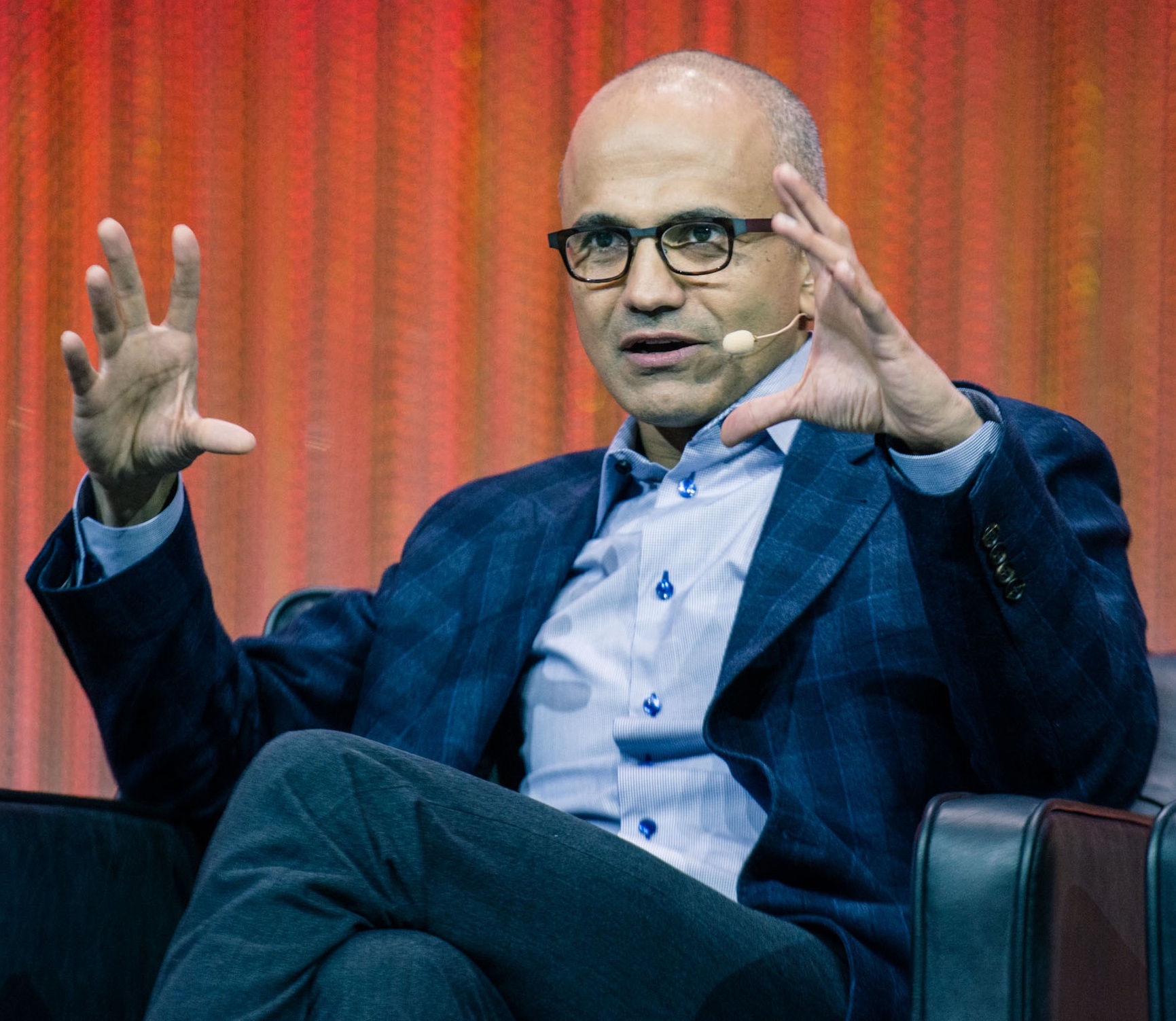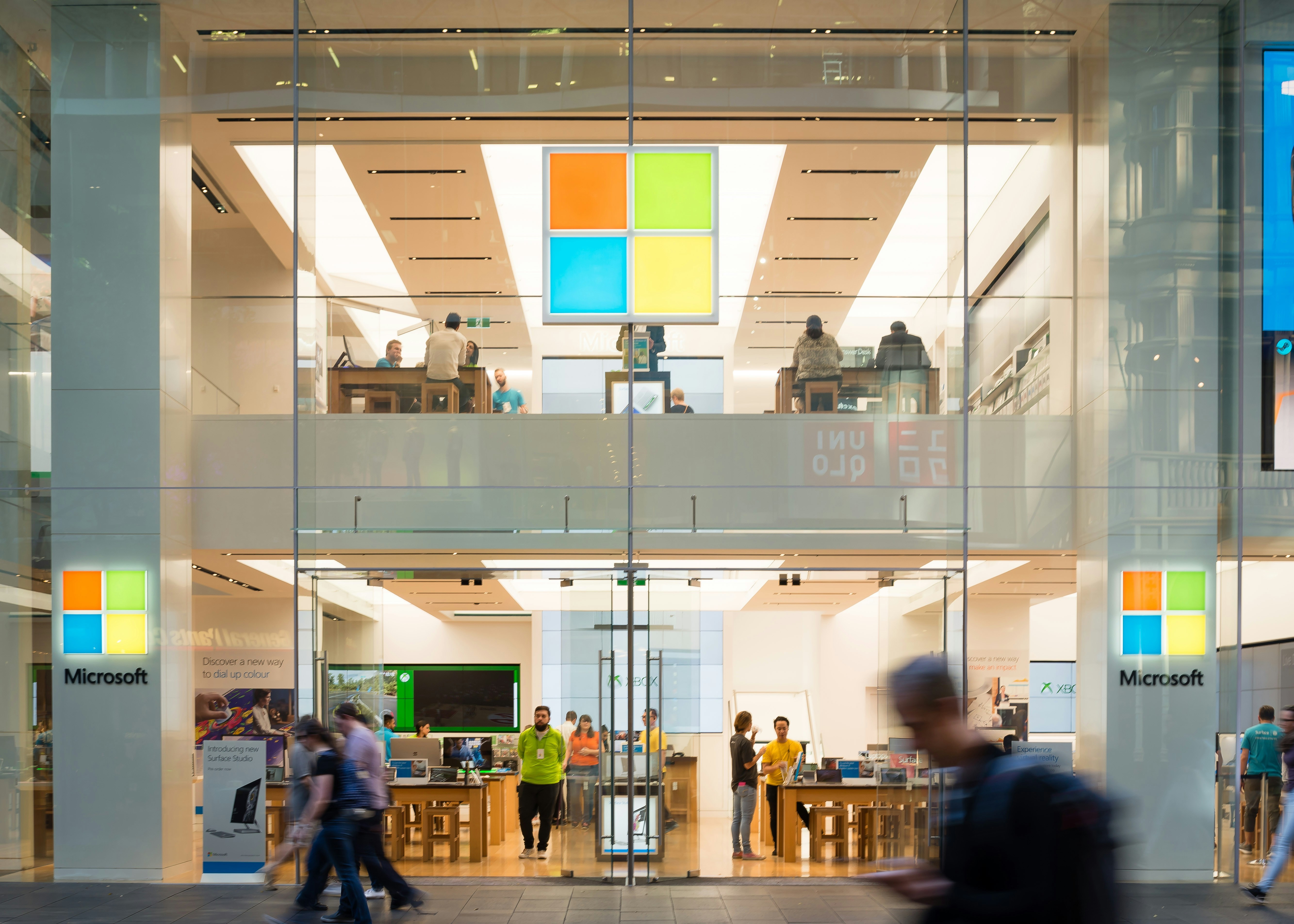Microsoft’s Hiring Resumes, But With a Twist
After a year of industry-wide slowdowns and repeated layoffs, Microsoft is back in hiring mode, but it’s not returning to business as usual.
Since May 2025, Microsoft’s job cuts have affected more than 15,000 workers, much of it tied to restructuring around artificial intelligence investments and long-term ambitions.
Now, CEO Satya Nadella says hiring is coming back, with plans to expand the software giant’s workforce, which has stagnated to around 228,000 this year.

“We will grow our headcount, but the headcount we grow will grow with a lot more leverage than we had pre-AI,” Nadella said on Brad Gerstner’s BG2Pod podcast, where he appeared alongside OpenAI CEO Sam Altman.
The comment highlights a fundamental shift in Microsoft’s strategy, which will now be more strategic and powered by AI. After years of scaling through sheer numbers, the company plans to grow in a leaner but more impactful way, placing AI at the core of productivity and innovation across teams.
What an AI-First Workforce Really Means
Microsoft’s future hiring push centers on what Nadella calls an AI-first mindset. Instead of returning to pre-AI practices like hiring in bulk, this strategy centers AI in upcoming hires and expects employees to “relearn and unlearn” how they work with AI tools.
Workers won’t just use AI occassionally; it’ll be built into every task. From GitHub Copilot to Microsoft 365’s AI integrations, the goal is to make existing and future teams more productive per person as opposed to simply increasing headcount.
Microsoft’s AI-first workforce also means that growth will revolve around new priorities. Instead of hiring generalist roles or restoring previously laid-off positions, the company will expand teams in areas like:
- Machine learning and model training
- Cloud infrastructure for AI
- Data science and prompt engineering
Each of these fields supports Microsoft’s broader philosophy of a workforce optimized around impact, not numbers.
A Workplace Evolution Driven by AI

Nadella parallels today’s AI revolution to earlier technological transitions in the world of work, such as the use of fax machines, emails, and Excel spreadsheets. But unlike those earlier shifts, Nadella stressed that AI is changing how companies operate, not just how employees communicate.
“Any planning, any execution, starts with AI,” Nadella said. “You research with AI, you think with AI, you share with your colleagues.”
That mindset is already visible inside Microsoft. Nadella illustrated this by talking about an executive overseeing fiber networking. In a bid to meet growing demand for cloud computing, she used AI agents to automate DevOps maintenance, scaling operations without having to hire more people.
It’s a preview of what Nadella envisions for the broader workforce: teams that leverage AI to handle complex, high-value work faster and more efficiently than ever before.
Will This Lead to a New Trend?
Microsoft’s decision comes at a time when other Big Tech companies, including Meta, Google, and Amazon, are still trimming their workforces and consolidating roles in response to automation and economic pressure. But rather than simply cutting costs, Microsoft appears to be reinvesting in AI-driven productivity.
Industry analysts see this as part of a broader trend. Going beyond scale, companies are now focusing on strategic AI adoption with higher-value, more efficient roles. As Microsoft doubles down on AI infrastructure and developer tools, its hiring strategy signals a shift in how global tech giants will define growth in the years to come.
For job-seekers, this means new opportunities will not necessarily be in the same places as before. Roles tied to AI integration, data management, and automation will dominate, whereas traditional, administrative positions may become fewer and more specialized.
In other words, future roles will demand adaptability, digital fluency, and the ability to build or deploy AI tools in real-world workflows.
.png)




